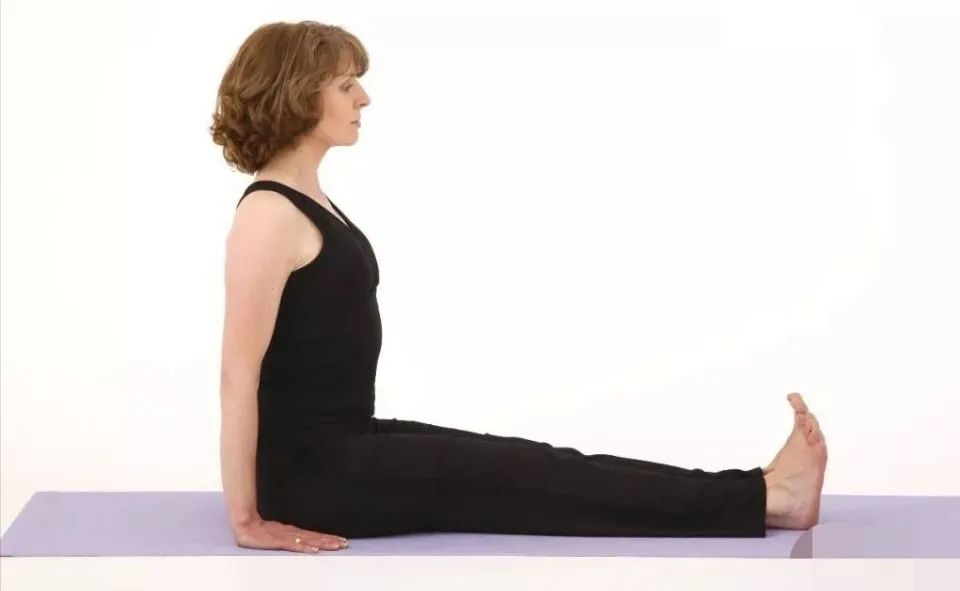Sit up straight? It should be easy.

So many people think that walking stick is an easy posture.

In fact, this pose is extremely challenging for many people? It is precisely because we sit too much and always stare at the screen that we often arch our upper back and neck.

We lie on the sofa or stretch our legs on the tables and chairs.

As a result, the back – from the back muscles to the leg extensors – is shortened.

Through this posture, we can actively fight against these situations.

In yoga practice, we often ignore the walking stick style, and only regard it as a short transition between asanas! “Danda” is Sanskrit, meaning “stick” or “stick” – so it is translated as walking stick.
Walking stick is a bit like mountain sitting.
In addition to stretching the back muscles and hamstrings (hamstrings), walking stick can also activate the core and pelvic floor muscles.
The benefits of asana stretch the back muscles, especially the lumbar region, relieve sciatica, stretch the back of the thigh (hamstring), activate the core muscles, and explain the posture of the digestive system.
Sit down and straighten your legs.
If necessary, pull your hips away from both sides and consciously let your two sitting bones touch the ground.
Place your hand next to your pelvis and keep your arms straight.
Keep your shoulders relaxed.
Keep your feet active and hook your toes back, rotating your thighs slightly inward.
Keep your spine straight and don’t lean back, especially in the pelvis.
Tilt your chin down slightly to keep your neck extended.
Hold your posture for a few breaths and keep your whole body active.
Practice skills if your muscles are tight, you can change your posture a little.
You can bend your knees slightly at the beginning to reduce back pressure.
Another option is to sit on folded blankets, pillows or even yoga bricks.
Because when you lift your pelvis, your spine is easier to straighten.
If you feel that you can’t touch the ground when your hands are upright, you can also put a yoga brick (or: a Book) under your palm.
For many people, the legs lean out slightly.
Therefore, it is particularly important to pay attention to the internal rotation of thighs and maintain the movement of feet, including toes.
Tips for anatomical orthostatic technique: when the muscle is highlighted in blue, it contracts severely in posture – light blue indicates slight contraction.
On the other hand, the dark red marked muscles are strongly stretched – the light red muscles are only slightly stretched.
Synergistic effect / activation of the erector spinalis, quadratus psoas and iliopsoas muscles to straighten and stabilize the lower back.
The triceps (triceps brachii) straightens the elbow and presses both hands into the floor.
This will further straighten your back.
The trapezius and rhomboid muscles pull the scapula down and back, causing the chest to expand.
The iliopsoas, cristae (pubis) and rectus femoris (rectus femoris) bend the hips.
Adductors pull the thighs toward the center of the body.
Quadriceps femoris stretches the knee.
The anterior tibial muscle pulls the instep of the foot toward the tibia.
Fibular muscles (peroneal longus and peroneal brevis) rotate the ankle slightly outward.
Walking stick variant: raised arm in this variant, the arm is extended above the head.
This will help straighten your spine.
However, please make sure not to pull your shoulders towards your ears..

